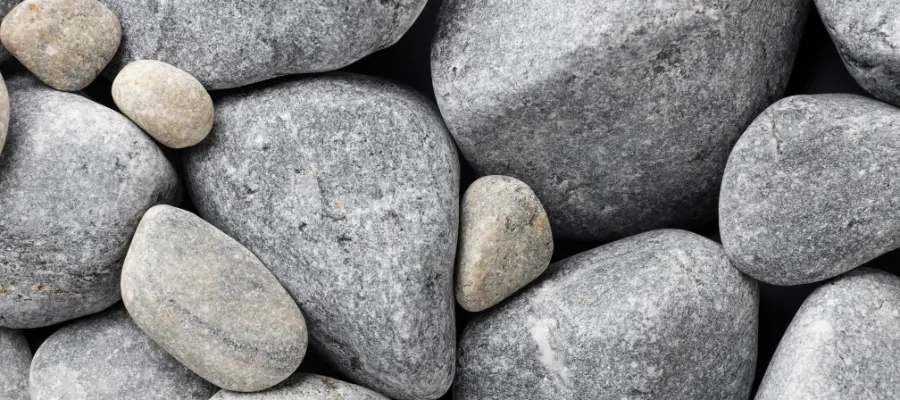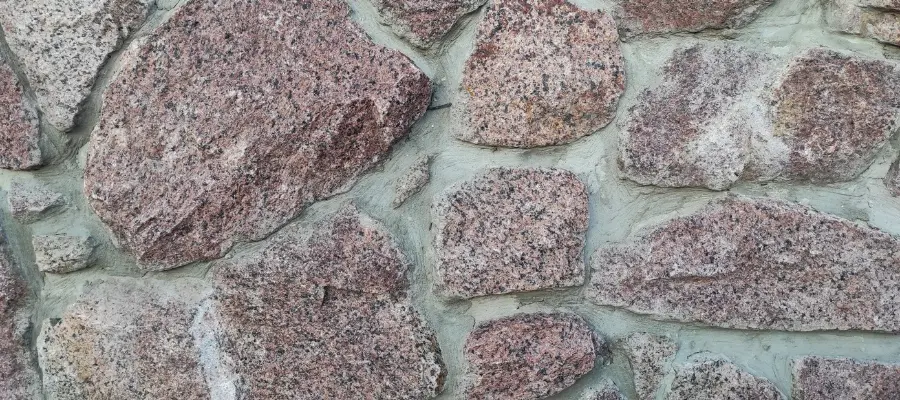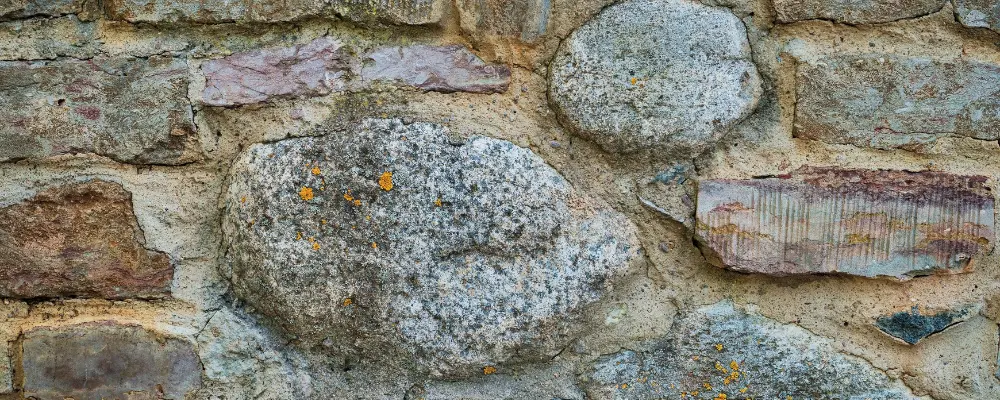In the ever-evolving world, the construction industry is also moving forward with its innovations in materials and techniques. Plum concrete is one such innovation. It’s mainly used where mass concreting is required. Have you ever heard of plum concrete?
No worries. In today’s blog on Brick & Bolt, you will understand plum concrete, including its major advantages, preparation methods, applications, limitations, and more.
What is Plum Concrete?
Plain cement concrete is a form of concrete. It is generated by mixing basic ingredients such as cement, fine aggregates, and coarse aggregates. In this case, medium to large stones, known as plums, are used as filler material in place of aggregates. Generally, it’s also called cyclopean concrete or rubble concrete. Plums inhabit about 30-40% of the total mass of concrete.
Advantages of Using Plum Concrete
The following are the major advantages of plum concrete
1. Cost-Effectiveness
As plum concrete uses large stones(150mm, 200 mm, 300 mm, or larger), the overall concrete volume required for construction will automatically be reduced. Hence, the cost of concrete will be reduced for large-scale construction projects.
2. Better Structural Strength
The large stones help to distribute the overall loads and stresses more evenly across the concrete. Hence, cracks and other structural problems are reduced. Therefore, plum concrete is mainly used for home foundations and other load-bearing structures.
3. Environmental Benefits
Using locally available stones minimises the environmental impact associated with transporting materials. Plum concrete reduces the heat of hydration as it uses less cement and offers a lower carbon footprint.
Preparation and Mix Proportion

The preparation of plum concrete involves a series of procedures that should be executed cautiously for better outcomes.
1. Material Selection
The size of natural stone or boulders is chosen based on the project, the availability of materials, and engineering decisions. Angular-shaped rocks are better suited for producing plum concrete. For proper adhesion or bonding with concrete, make sure the rock is clean and free from oil, dirt, or other damaging materials. Stones should be of good quality, sound, durable, and free from segregation, seams, cracks, and other structural defects or imperfections.
2. Plum Concrete Mix Design
The specific requirements will help decide the volume of plum necessary for concrete. The standard mixing ratio for plum concrete is typically around 40% plums to 60% concrete mix by volume. However, when the plum is 150 mm, the plum volume is likely to be between 30% and 50% of the finished concrete. When the plums are above 160mm, the volume of the plum should be capped at 20% of the volume of finished concrete.
3. Mixing Techniques for Plum Concrete
Mixing can be done manually or mechanically. In manual mixing, the concrete mix is prepared first, and then the stones are added gradually. Mechanical mixing offers a more uniform distribution of the stones within the concrete.
4. Placing of Plum Concrete
During placement, ensure the plums are evenly distributed throughout the concrete. If the plum is set close to each other, the required concrete will decrease by up to 50%, and the quantity of plum will rise by up to 50% of the total volume of plum concrete. Even distribution can be achieved by layering the concrete mix and stones alternately. Proper compaction is essential to eradicate air pockets and ensure a solid bond between the concrete and the stones. While placing plum concrete, one must be careful to avoid air traps as they may decrease strength.
5. Finishing and Curing of Plum Concrete
Following the careful placement of each layer of plum concrete, the surface is neatly finished and allowed to cure for at least 7 days. Curing can be done in a number of ways. Water can be sprayed on the plum concrete at regular intervals, or wet jute bags can be used to cover it.
Applications of Plum Concrete
Plum concrete has a wide range of applications following are some of them,
1. Sloping or Uneven Surface
Plum concrete is generally used to level the ground below the foundation if the surface is uneven. It is also used to level surfaces in sloping ground, offering extra stability to the structure.
2. Gravity Dams and Bridges
Plum concrete is very useful in constructing massive structures such as gravity dams and bridges. However, the plum material size should be 150mm.
3. Water Channels
Water channel bed surfaces are levelled using plum concrete. Water channels require greater durability and strength because they are typically installed underground. For such structures, plum concrete is the ideal option.
4. Road Embankment
Plum concrete is generally used for the construction of road embankments. It is used to make side slopes for an embankment to offer a protective layer to an earthen foundation.
5. Machine Foundation
Plum concrete is commonly utilised in machine foundations when a substantial mass is required for the foundation and machine to be safe. It offers a cost-effective option there.
Limitations and Considerations

Although plum concrete offers several benefits, it also has limitations that require to be considered:
Quality Control Challenges
It can be difficult to ensure that the stones are properly positioned and mixed consistently. Poor quality control can lead to uneven distribution of the stones, resulting in weak spots within the concrete.
Structural Limitations
Plum concrete is not suitable for all structural applications. For projects demanding precise structural integrity and high strength, it’s not a very good option.
Comparison: Plum Concrete vs Conventional Concrete
Following is the comparison between Plum Concrete and Conventional concrete
| Characteristic | Plum Concrete | Conventional Concrete |
| Aggregate Type | Medium and large stones (boulders) are used as aggregates | Coarse aggregates like gravel or crushed stone are used |
| Fine Aggregate Content | Reduced amount of fine aggregates (sand) | Typical amount of fine aggregates |
| Cost | Lower cost due to reduced amount of aggregates | Higher cost due to typical aggregate content |
| Voids/Gaps | Voids exist due to boulders partially filled by cement mix. | Gaps are filled with aggregates and sand |
| Strength | Generally lower compressive strength than plain cement concrete | Higher compressive strength due to typical aggregate content |
Conclusion
When used properly and within reasonable limits, plum concrete is a sustainable and affordable invention that can be advantageous for a variety of large-scale construction projects that call for mass concreting. In terms of material optimisation, strength, and environmental effect, it is superior to traditional concrete.

